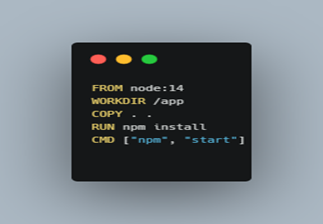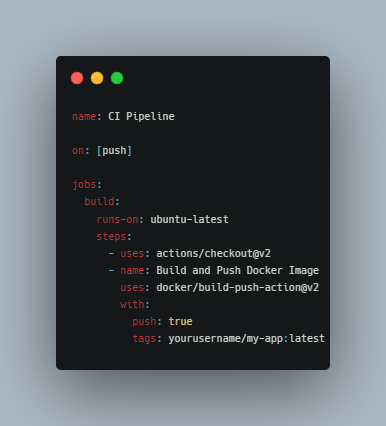Setting Up a CI/CD Pipeline with Kubernetes and Argo CD
Kubernetes has become a leading platform for managing containerized applications in the cloud. It offers scalability, automation, and consistency for cloud-native environments. If you’re looking to speed up software delivery and minimize errors, implementing CI/CD pipelines (Continuous Integration and Continuous Deployment) is crucial. In this comprehensive guide, we’ll walk you through setting up a CI/CD pipeline using Kubernetes, GitHub Actions, and Argo CD. This step-by-step tutorial is ideal for beginners who want to automate the deployment of their applications and enhance their DevOps workflows.
What is a CI/CD Pipeline?
A CI/CD pipeline automates critical stages of the software development lifecycle, from integrating code changes to testing and deploying applications. Continuous Integration (CI) automates the process of building and testing code, ensuring that new changes integrate smoothly. On the other hand, Continuous Deployment (CD) automates the deployment of code to production environments once it passes all necessary tests. By integrating CI/CD pipelines with Kubernetes, you can streamline application deployments, making them faster, more efficient, and highly consistent across environments.
Why Use Kubernetes with CI/CD?
Kubernetes simplifies application management by automating tasks like deployment, scaling, and container orchestration. When integrated with a CI/CD pipeline, it offers several powerful advantages for modern cloud-native applications:
Automated Deployments: Automatically deploy new application versions whenever code changes are detected.
Scalability: Easily scale applications up or down based on real-time demand.
Rolling Updates: Implement updates without any downtime, ensuring continuous availability.
Consistency: Maintain consistent application performance across different environments, from development to production.
By combining Kubernetes with CI/CD pipelines, businesses can accelerate software delivery and enhance operational efficiency.
To set up a CI/CD pipeline with Kubernetes, you need:
Kubernetes Cluster: The environment where your containers run, providing the infrastructure to host and manage containerized applications.
GitHub Actions: A powerful tool for automating CI (Continuous Integration) processes, such as building and testing your application automatically with every code change.
Docker Hub: A popular container registry used to store and share Docker images for easy deployment.
Argo CD: A continuous deployment tool specifically designed for Kubernetes, enabling automated and consistent application deployments.
Step-by-Step Setup
Step 1: Set Up a Kubernetes Cluster
Begin by creating a Kubernetes cluster to provide the environment where your containers will run. You can set up your cluster using a cloud-based service like Google Kubernetes Engine (GKE) or Amazon Elastic Kubernetes Service (EKS). Alternatively, for local development and testing, Minikube is a great option. These platforms allow you to manage and orchestrate your containerized applications effectively.
Step 2: Write a Dockerfile
The next step is to create a Dockerfile, which is a script that defines how to build your application into a Docker container. A Dockerfile outlines the steps required to package your application along with its dependencies into a container image. Here’s a basic example for a Node.js application:

This file builds the app inside a Docker container.
Step 3: Configure GitHub Actions for Continuous Integration (CI)
To automate the build and deployment of your Docker images, you’ll need to set up GitHub Actions for Continuous Integration (CI). Start by creating a workflow file in your GitHub repository:
1.Create a Workflow File: Add a file named .github/workflows/ci.yml to your repository. While .github/workflows/ci.yml is a common name for CI workflows, you can name your file according to your project’s specific requirements.
2.Define the CI Workflow: This YAML file will specify the steps GitHub Actions should take to build and push your Docker images. Here’s a simple example:
This workflow builds the Docker image and pushes it to Docker Hub whenever you push changes to the repository.
Step 4: Deploy with Argo CD
Install Argo CD on your Kubernetes cluster. Follow the instructions from the Argo CD documentation.
Create Kubernetes Deployment Files: Add a deployment.yaml file in your GitHub repository:
Set Up Argo CD Application: Link Argo CD to your GitHub repository. It will automatically deploy your application whenever there’s a new change.
Conclusion
Setting up a CI/CD pipeline with Kubernetes is an effective strategy to automate your application development and deployment process. By leveraging powerful tools like GitHub Actions and Argo CD, you can streamline the entire lifecycle of your applications—from building and testing to deploying. This integrated approach not only accelerates delivery but also minimizes errors and guarantees consistent performance across various environments. Implementing this CI/CD pipeline ensures that your applications are delivered seamlessly, with improved efficiency and reliability.


